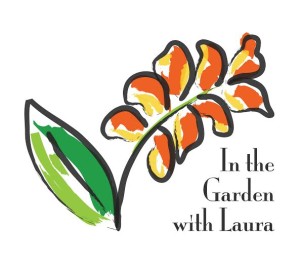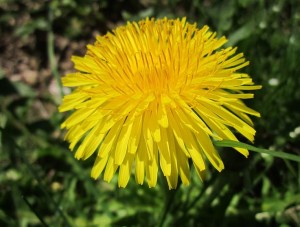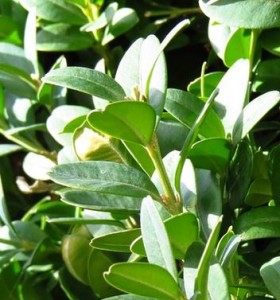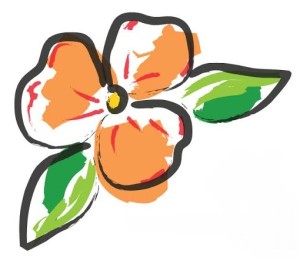Suggestions Anyone?
Where to Find Lists of Native Plants
Attitude s and definitions of plants change over time. Dandelions, Taraxacum, were onc
s and definitions of plants change over time. Dandelions, Taraxacum, were onc e a beloved European garden flower brought to the new world with pride.
e a beloved European garden flower brought to the new world with pride.
Now they are reviled.
Many think that American boxwood, Buxus sempervirens, is a native, but like its “English” cousin, it is not.  Imported in the mid-1600s from Europe, it is one of 217 registered boxwood cultivars that come from Europe, Asia and Africa, according to the American Boxwood Society.
Imported in the mid-1600s from Europe, it is one of 217 registered boxwood cultivars that come from Europe, Asia and Africa, according to the American Boxwood Society.
Fortunately there are hundreds and hundreds of native plants, flowers, shrubs and trees that will thrive in your garden. They range from s tunning and showy to delicate and dainty. The list includes American Hollies, Ilex opaca; dogwoods, Cornus; winterberries, Ilex verticillata; Turk’s cap lilies, Lilium superbum L.; varieties of Magnolias and rhododendrons; and countless others.
tunning and showy to delicate and dainty. The list includes American Hollies, Ilex opaca; dogwoods, Cornus; winterberries, Ilex verticillata; Turk’s cap lilies, Lilium superbum L.; varieties of Magnolias and rhododendrons; and countless others.
Below are online sites that list native plants to Maryland and the United States:
Plant Lists for Maryland Regions
https://www.nps.gov/plants/pubs/nativesmd/lists.htm
Lady Bird Johnson Center, University of Texas at Austin:
https://www.wildflower.org/collections/collection.php?collection=MD
Maryland Native Plant Society:
http://www.mdflora.org/resources/Publications/GardenersGuidelines/Landscaping-Natives.pdf
Information sources on native and non-native plants:
Missouri Botanical Garden:
http://www.missouribotanicalgarden.org/
General questions:
Go to University of Maryland Extension at Carroll County
https://extension.umd.edu/carroll-county/home-gardening
Or the Extension service in your state.
Or, go to a search engine, then add “.edu” or “.ext”
Example, put in a search engine: “Should I prune redbuds.edu”
You will get many answers, but go to the one with the “edu” extension such as the University of Missouri site: http://extension.missouri.edu/
Native Species vs. Cultivars, Why the Fuss?
Plants are defined as “native” if they occur in a specific region, ecosystem or habitat without any intervention from people, either direct or indirect, according to the U.S. National Arboretum. The arboretum further stipulates that to be considered a native, it needed to be present before the arrival of Europeans in North America. For more details about natives, go to http://Inthegardenwithlaura.com
Although that definition sounds straightforward, gardeners have been cultivating plants for a specific characteristic – such as color or size – for centuries, hence the name cultivar, a plant that has been cultivated by people.
Plants may be cultivated by cross pollinating two native plants or a native with an exotic plant (or two exotics of course). An azalea bush may have a parent, or ancestor, that is native to the Appalachian Mountains and another parent that is native to China. Some people will say this a native, others will say no.
Not all seeds from a cultivar are exactly alike, so some of the seeds do include a change in the genetic makeup and some do not, and it may be just one or two seeds that had their genetics changed.
While it is good to buy native plants of any type, ideally it is best to get native species versus cultivars. Genetic changes typically occur in nature (plants pollinated in the wild i.e. native species) and most of their offspring (seeds) will be like their parent.
Using only species plants is not always possible, but it is a great goal since butterflies, bees and other wildlife are dependent on native species for food and habitat. Cultivars and their offspring that differ from their species parents may or may not be useful to wildlife.
Cultivars and exotic plants often do not provide the diet t hat wildlife requires. Diversity in a habitat is also important. Some butterflies and other insects depend on a sole host plant, others like to dine on a buffet.
hat wildlife requires. Diversity in a habitat is also important. Some butterflies and other insects depend on a sole host plant, others like to dine on a buffet.
Laura O’Callaghan and Rose Norseth
